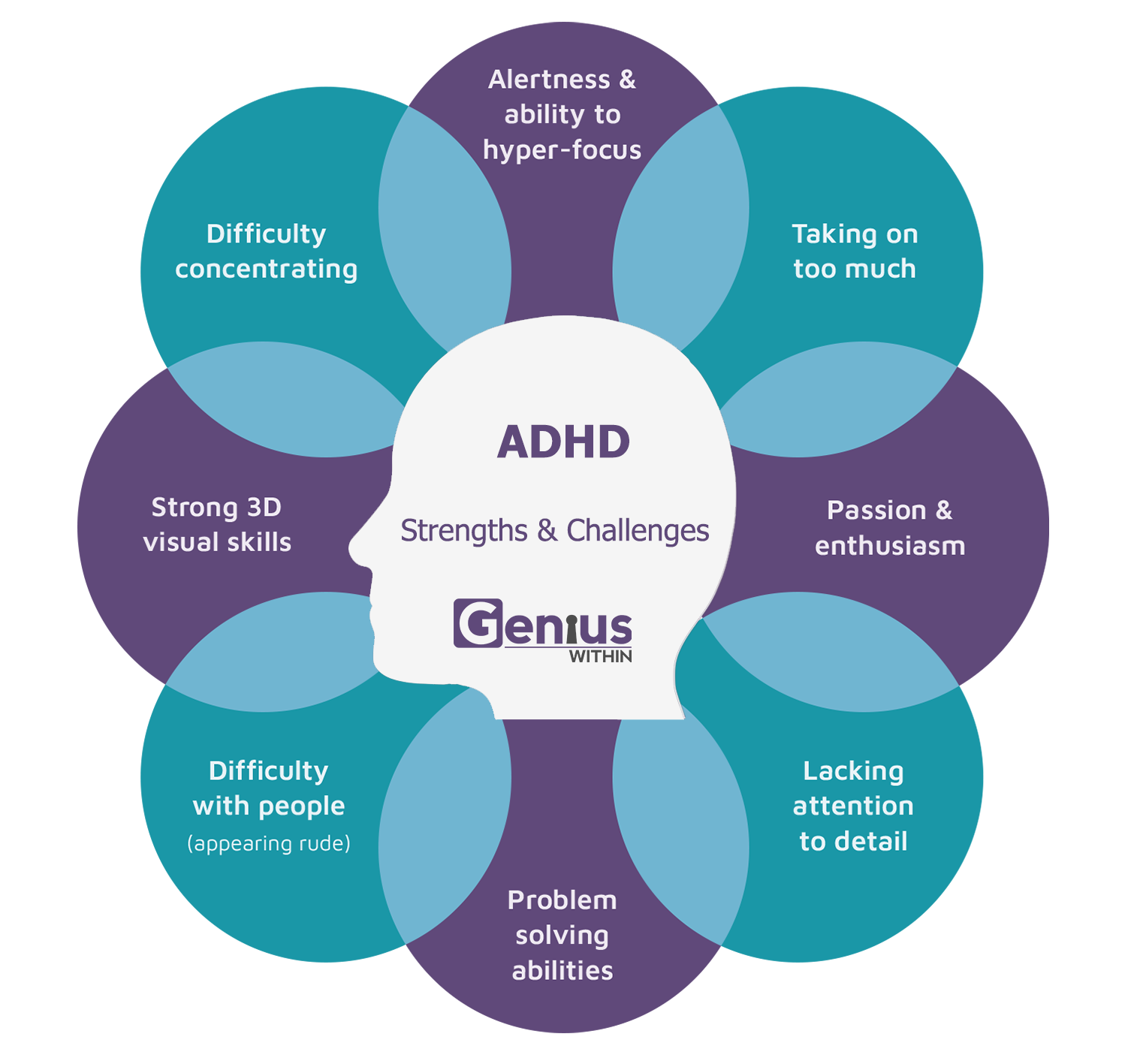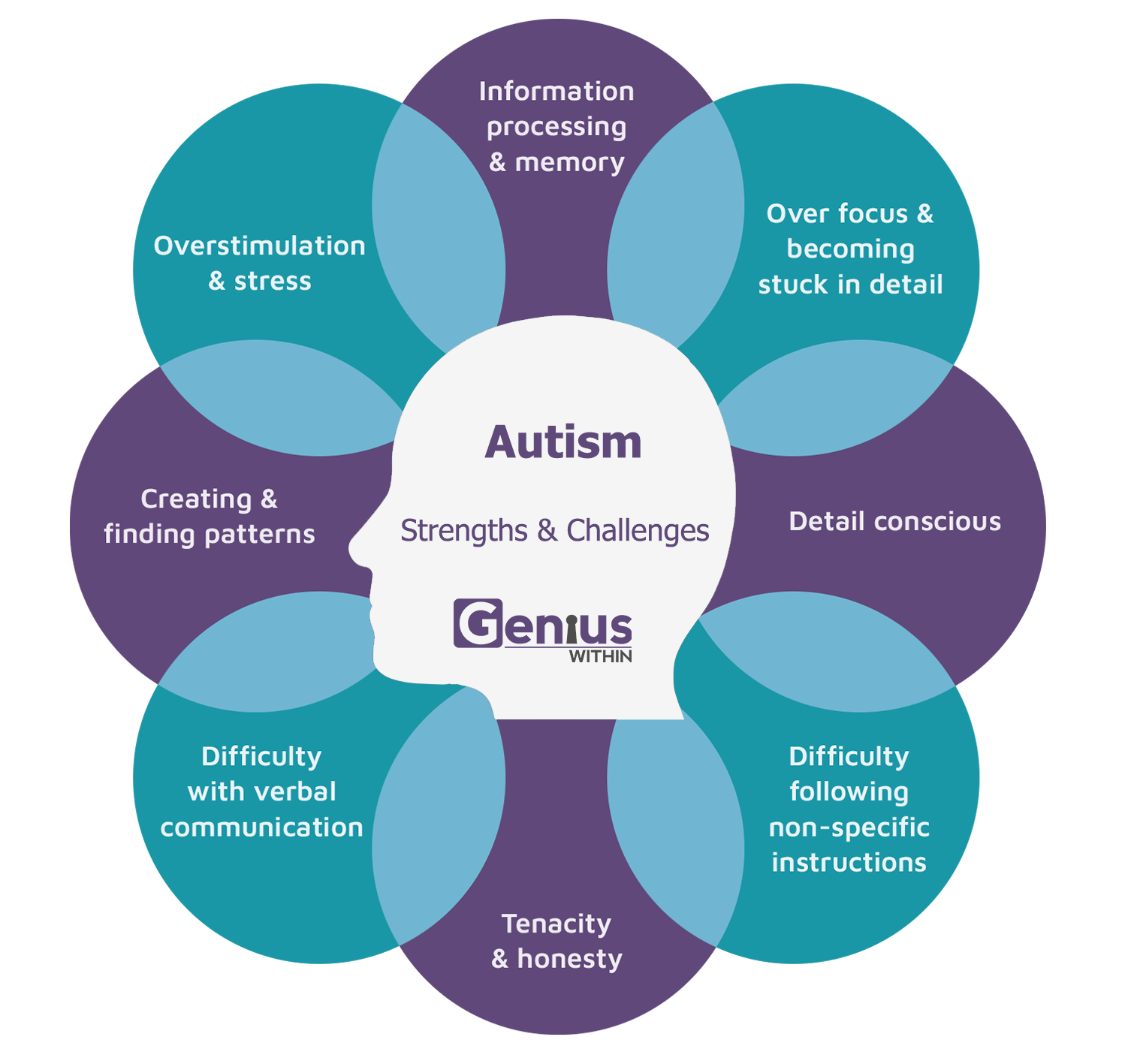BI303: Data Transformation & ETL/ELT
SFIA Reference: DENG Level 4 Data Analyst / Report Writer (Grade 3) Competency Description Transforms and prepares data for reporting using Power Query (M) and SQL, integrating with data pipelines. Learning Outcomes Evidence Requirements Level 4: Suggested Learning Activities Recommended Resources



